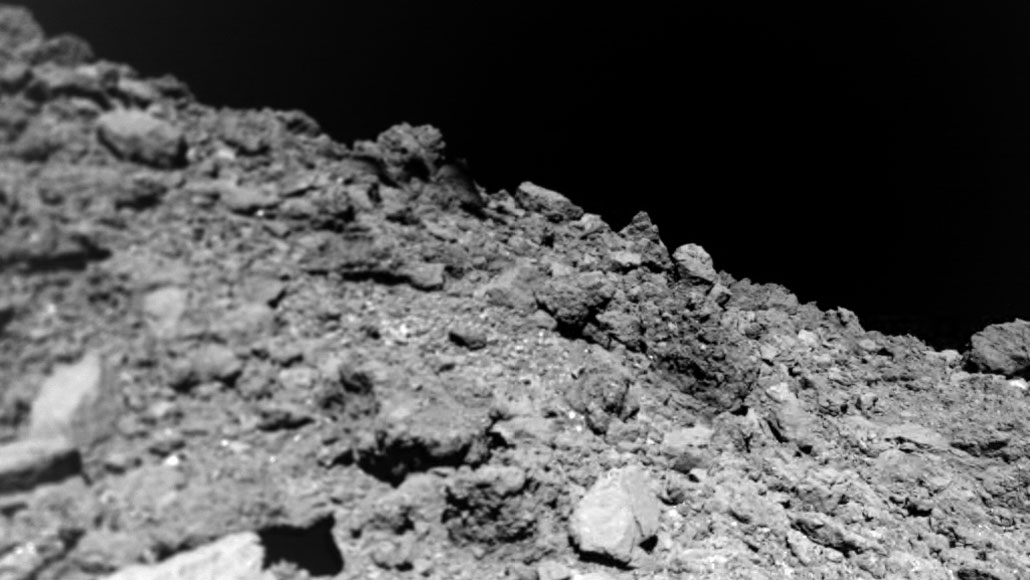
Germany’s MASCOT probe took this photo just before landing on the asteroid Ryugu. The craft found a landscape of crumbly and jagged rocks, but not much actual dust.
R. Jaumann et al/Science 2019

Germany’s MASCOT probe took this photo just before landing on the asteroid Ryugu. The craft found a landscape of crumbly and jagged rocks, but not much actual dust.
R. Jaumann et al/Science 2019